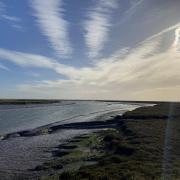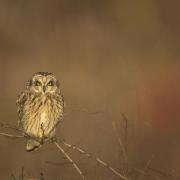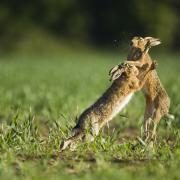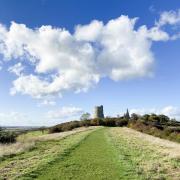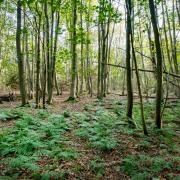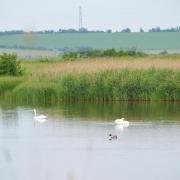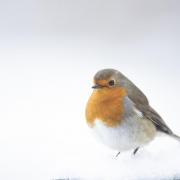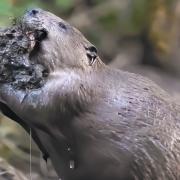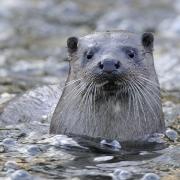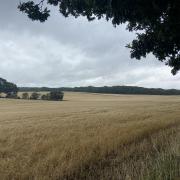Andrew Fallan shares his expertise on Essex wildlife. This month he talks about rabbits

Although I’m not really a big reader of fiction, one of my favourite books is Watership Down by Richard Adams. This classic of children’s literature follows the adventures of a band of rabbits who, thanks to the prophetic foresight of one of their number, flee the impending destruction of the warren to seek a better life elsewhere in their very own promised land. With danger and adversity never very far away, they are beset by all manner of perils along the way – most notably from their own kind – which makes for a gritty tale of heroism, conflict and survival against the odds, set against an enchanting rural backdrop and imbued with a rich rabbit folklore and stirring mythology. This gripping novel also makes us think twice about an all-too-familiar species that many of us dismiss as being of little interest, with others undoubtedly regarding these animals as the bane of farmers and therefore best off served in a pie. In fact, rabbits are more fascinating than most of us would imagine.
Perhaps surprisingly, rabbits are not actually native to these isles, having been brought here by the Normans in the 12th century as a source of meat and fur. Now a familiar part of the countryside, they can be readily seen in a variety of habitats, sometimes in large numbers, seeming to be especially noticeable along field margins and grassy roadside verges, with even the tiniest babies nibbling vegetation only a matter of feet from the thunder of passing traffic.
Rabbits are highly social animals, living in communal warrens of up to 100 individuals, with females, known as does, doing most of the digging. Within such large communities – the equivalent of our own towns and villages – there will be distinct social groups and also a clear hierarchy. The dominant males, or bucks, have the pick of the does, which they scent-mark by spraying with urine as a prelude to mating, while only the high-ranking does will have access to the best and most secure nest chambers. Both sexes can be aggressive, with competition between does for nest sites sometimes resulting in serious injury or death. In fact, does will attack and even kill young rabbits, known as kits, that are not their own, while bucks will intervene to protect the young, irrespective of whether they fathered them or not.
Rabbits are, of course, prodigious breeders. Reaching sexual maturity at three to four months old, they will breed from January through to August, with the does – which may be pregnant again a mere 30 minutes after giving birth – able to produce up to eight litters during this time, each consisting of three to seven kits. Such an astounding reproductive capacity is clearly of great advantage for a prey animal, especially as up to 90% of rabbits may not survive their first year. It also explains, at least in part, how they were able to claw their way back from the brink when, as recently as 1953, a rabbit apocalypse struck the UK in the form of myxomatosis, a highly infectious disease that reduced the population by a staggering 99%. The fact that these animals are now almost part of the scenery, with some 38 million hopping around the British countryside, is testament to their amazing success as a species.

Although rabbits are undoubtedly fascinating, for me the greatest thing of all is that the young are so delightfully cute, rivalling the most adorable puppies and kittens the Internet has to offer. This may sound like a frivolous and self-indulgent thing to say, while also flying in the face of the unwritten rule that naturalists are not supposed to revel in the cuteness of their subjects. However, it very much appears to be the case that, due to our own evolutionary past, the warm, fuzzy glow we experience when we gawp at baby animals is hardwired in the human brain. Essentially, we have evolved intense feelings of pleasure and affection in response to certain features of our own infants, such as big saucer eyes and a delicate button nose, which impels us to want to scoop them up and take care of them. So strong is this primeval nurturing instinct that it also kicks in when we notice similar features in other species, hence the reason why we have a tendency to melt and go gooey in the face of baby mammals in particular.
Consequently, to disregard or disparage these feelings, even to fail to embrace them, is to deny both our own biology and also an essential part of what makes us human. And if that makes me a sentimental bunny-hugger, then I’m proud to be one!
Andrew Fallan
Andrew Fallan is the author of Winging it - Birding for low-flyers, published by Brambleby Books, and is currently living in Tolleshunt D’Arcy. You can read more from Andrew in Essex Life as he explores our more spectacular species and the wilder locations of Essex as part of this regular monthly column






